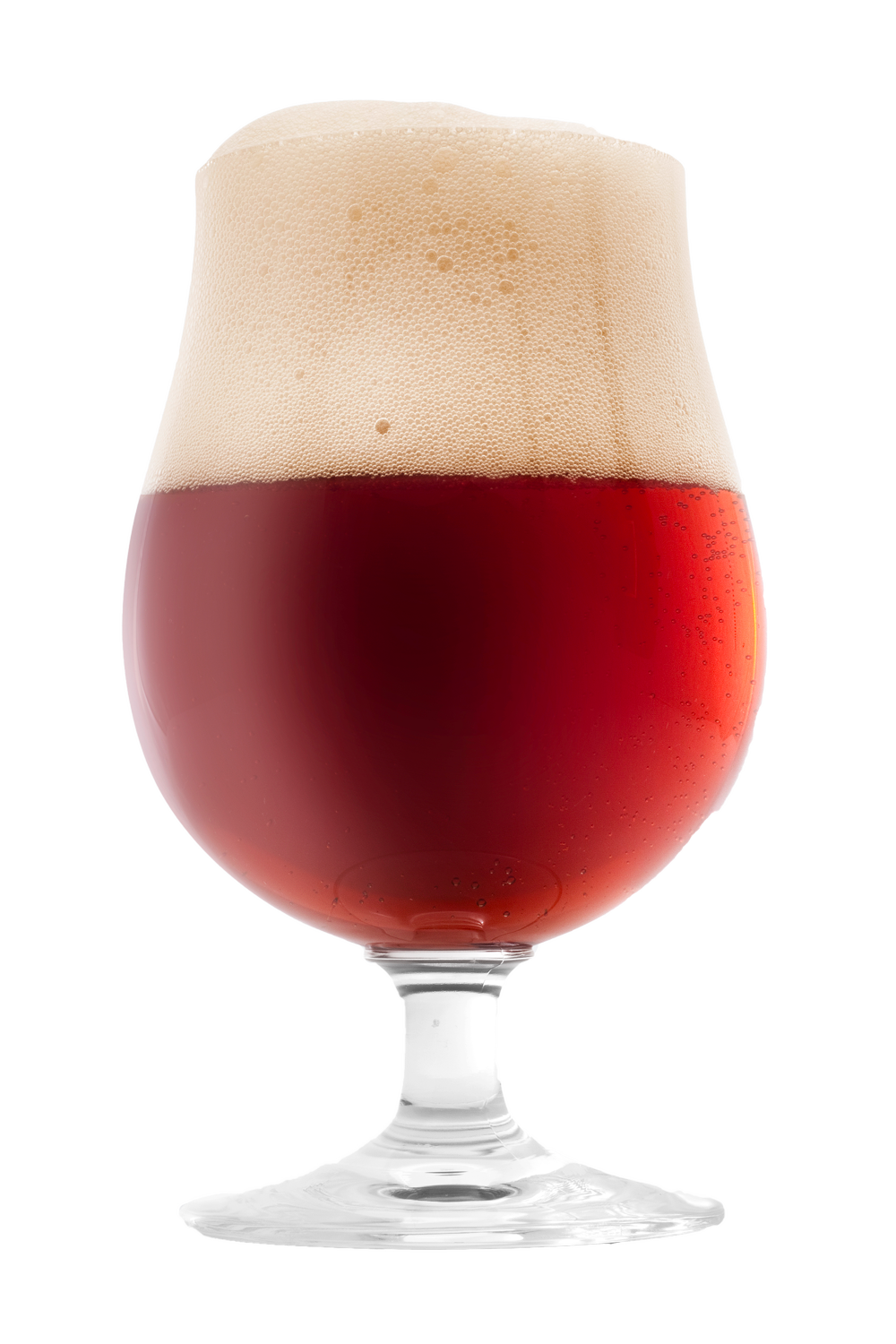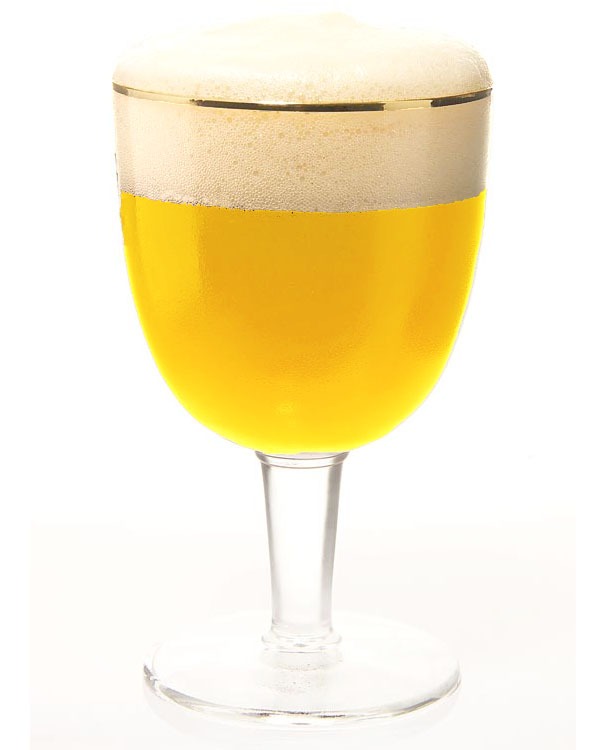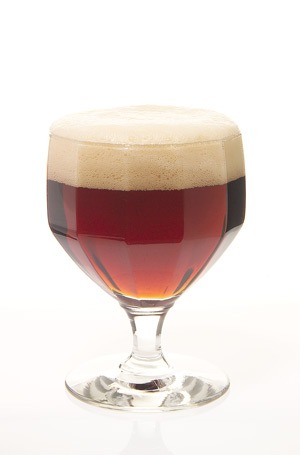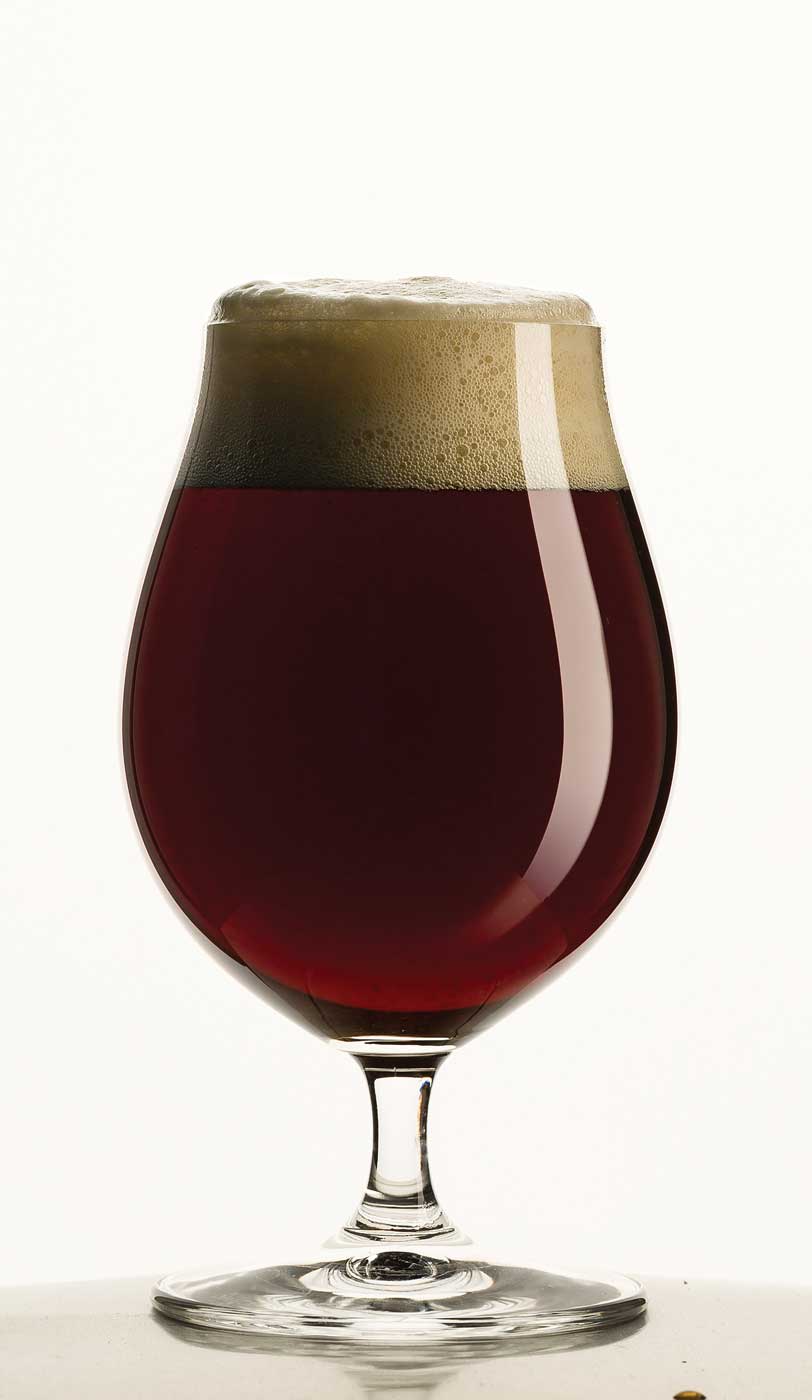Don’t miss our New England Beer & Baseball adventure in 2026! Click here to register!

Recipes
Posts
-
 Recipe
Recipe
Salmon Creek Brewing Brother Larry’s Belgian clone
In 2012, Salmon Creek Brewing’s founders Ana and Larry Pratt sold their business. Today Old Ivy Brewery and Taproom stands in its place. Her
-
 Recipe
Recipe
Corsendonk Monk’s Brown Ale clone
Corsendonk is an Abbey beer, not a Trappist beer. This designation means the beer is brewed not at an abbey, but under license from — or a
-
 Recipe
Recipe
Brouwerij Westmalle’s Abbey Tripel clone
The quintessential Trappist tripel, Westmalle is very pale, very strong, and wonderfully smooth. One of the brewhouse techniques that makes
-
 Recipe
Recipe
Steelhead Brewing’s Wee Heavy Scotch Ale clone
A text-book, delicious wee-heavy…
-
 Recipe
Recipe
Tripel the Light Fantastic
Light colors and dry finishes don’t go along with most big beers, but that’s exactly what makes a Belgian tripel great. The road to home
-
Recipe
Groudskeeper Willie’s Wee Heavy
Wee heavies are malty/sweet big ales, but don’t smell fruity as most big ales do. You need to use a yeast strain that won’t overattenuat
-
 Recipe
Recipe
BJ’s Millennium Ale clone
A big Belgian tripel from a California brewpub originally brewed for Y2K.
-
 Recipe
Recipe
Peat Smoked Wee Heavy
This is a big, rich, malty and strong brew – the smoke, although present, seems restrained compared to all the other flavors.
-
 Recipe
Recipe
T&R Theakston Brewery: Old Peculier clone
The beer that made Masham, England, famous, Old Peculier is rich, dark and smooth tasting, with a character all of its own. Glorious, rich,
-
 Recipe
Recipe
Smoked Wee Heavy
Long, slow, and cool fermentation is a crucial element for this beer, which otherwise gets too fruity and bitter; the smoked malt can develo
-
 Recipe
Recipe
Christmas Present Olde Ale
This ale is (loosely) based on a recipe for a barleywine.
-
 Recipe
Recipe
Dubbel Trubbel
Here is my recipe for a spiced dubbel, not patterned after any one commercial example but rather an amalgam of several but with a bit of a t
